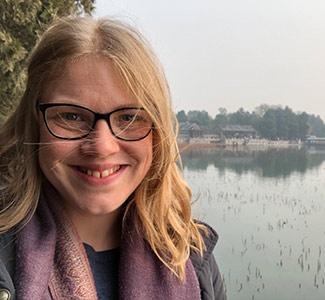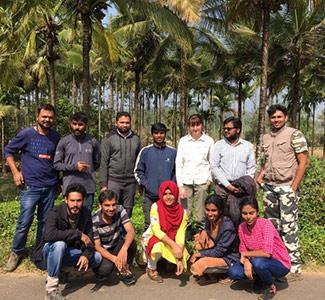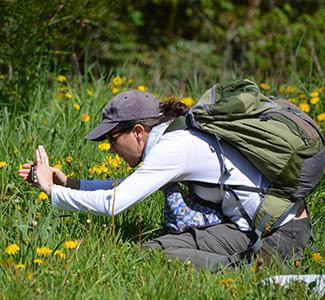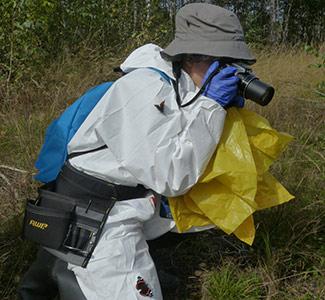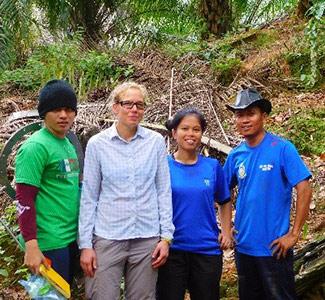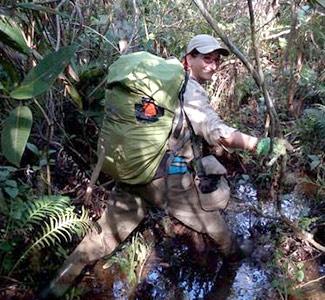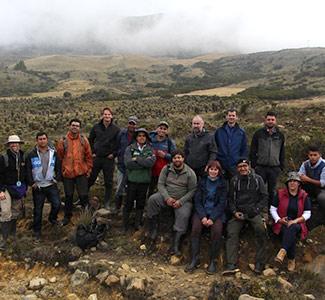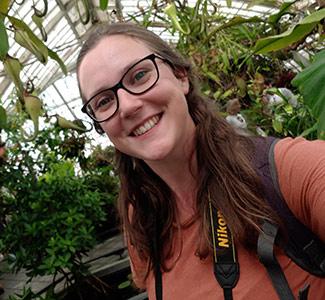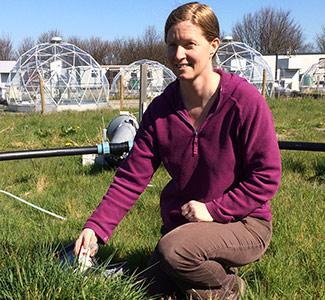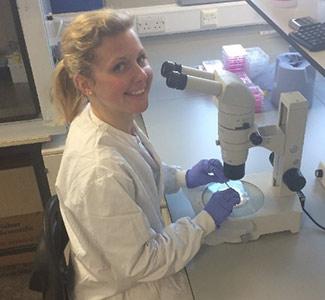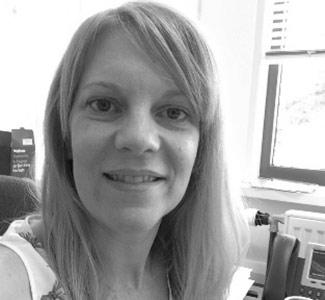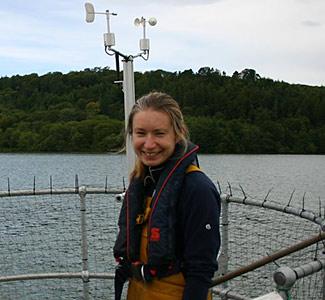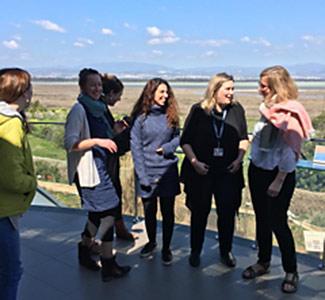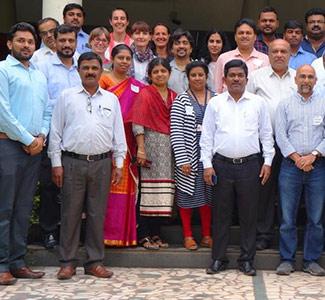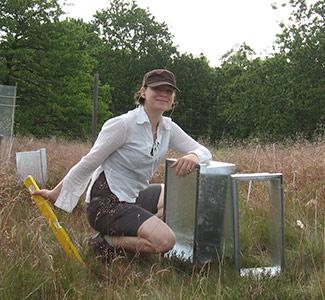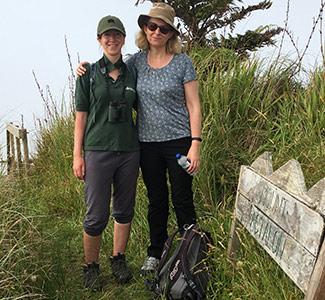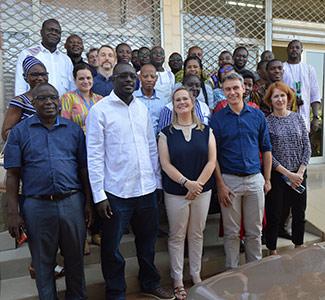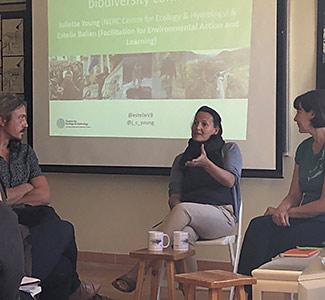International Women’s Day (8 March each year) is a global celebration of the social, economic, cultural and political achievements of women.
To mark the occasion this year, we're showcasing international research carried out by some of our fantastic women scientists at the Centre for Ecology & Hydrology (CEH). We also highlight how international researchers can work with us to tackle global societal and environmental challenges.
Lucy Barker
|
Dr Sarah Burthe
|
Dr Claire Carvell
|
Jacky Chaplow
|
Dr Julia Drewer
|
Eleonora Fitos
|
Dr France Gerard
|
Ellen Goddard
|
Dr Felicity Hayes
|
Alice Horton
|
Anita Jobson
|
Dr Ellie Mackay
|
Jodey Peyton
|
Dr Bethan Purse
|
Dr Sabine Reinsch
|
Professor Helen Roy MBE
|
Dr Tanya Warnaars
|
Dr Juliette Young
|
Are you an international scientist who would like to work with CEH on global challenges?
There are a number of routes to work with CEH for scientists located outside the UK. As well as international projects and collaborative research through calls such as the UK Government’s Global Challenges Research Fund, there are fellowships, studentships, workshops and staff exchange programmes.
The British Council provides 'Researcher Links' via travel and workshop grants and 'Institutional Links' for specified countries each year.
NERC provides an annual call for their Global Partnerships Seedcorn Fund. This allows UK researchers to forge partnerships with international researchers through, for example, focused programmes of exchange visits, scoping studies and workshops.
The Darwin Initiative funds research and implementation work to protect biodiversity and the natural environment in developing countries and the UK Overseas Territories.
The Marie Skłodowska-Curie Actions provide several options. This includes Individual Fellowships (IF) which funds experienced researchers from across the world and the Research and Innovation Staff Exchange (RISE) which funds short-term exchanges of personnel between academic, industrial and commercial organisation.
If you’re interested in working with CEH please refer to our contact pages so we can direct you to the appropriate team.
